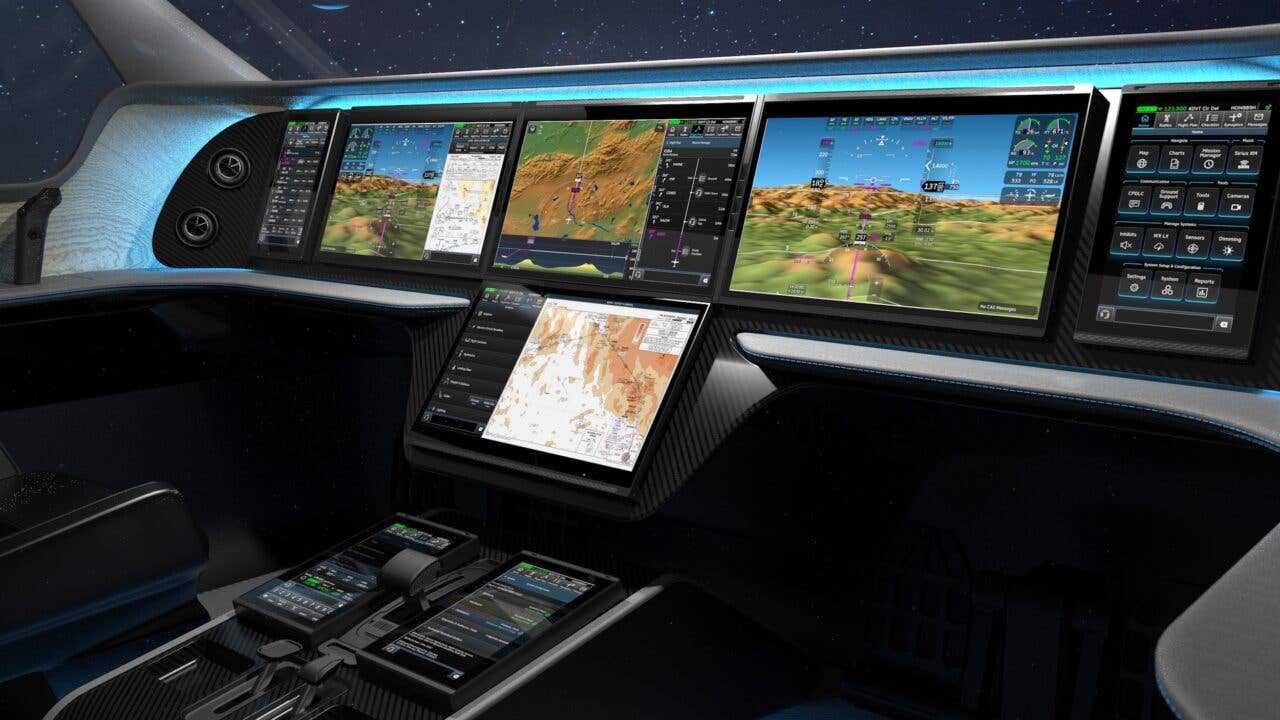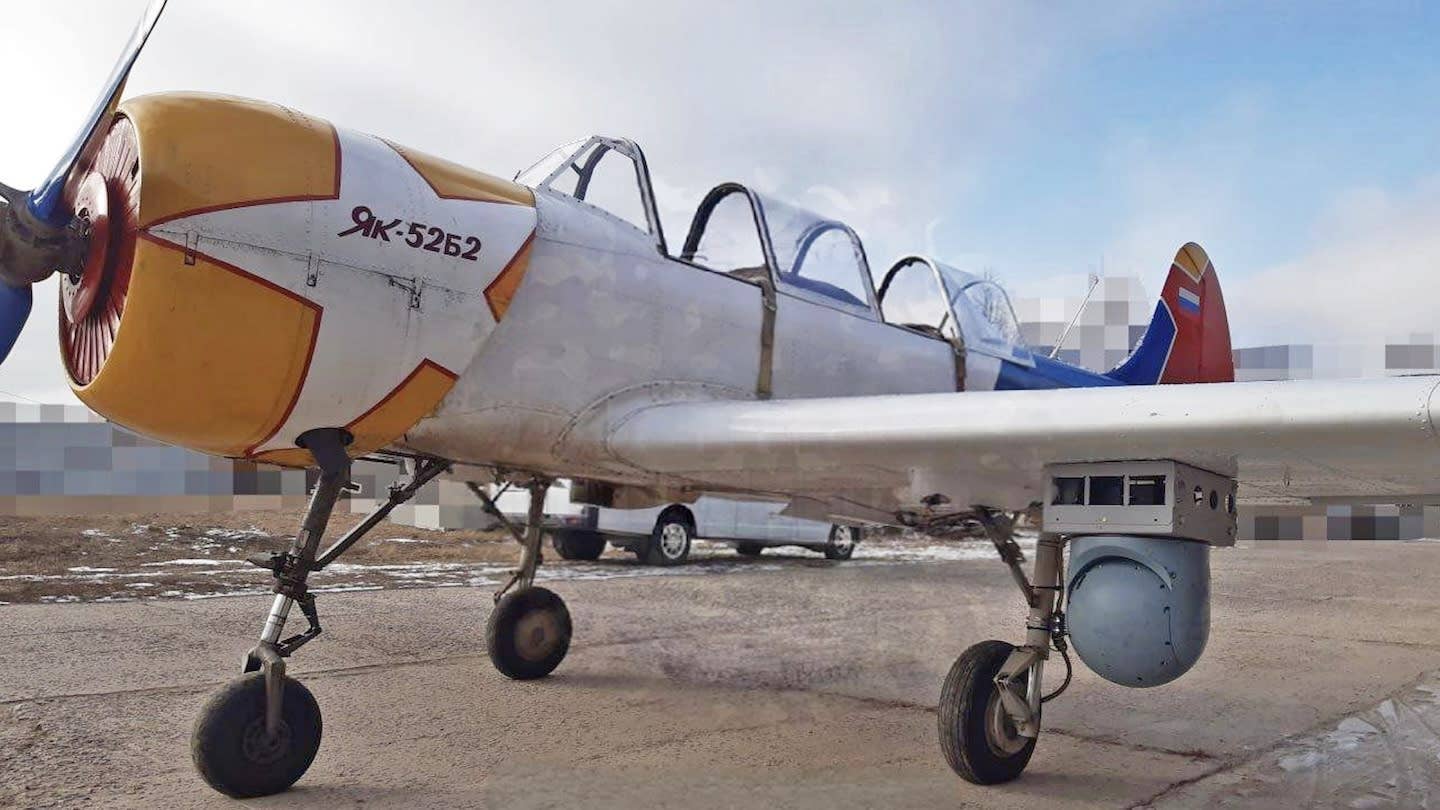Honeywell Introduces Anthem Flight Deck
Honeywell Aerospace debuted its new Anthem avionics suite on Tuesday, showcasing the system’s “always-on” cloud connectivity and scalable, customizable design. With a flexible software platform and interface “modeled after everyday…

Image: Honeywell Aerospace
Honeywell Aerospace debuted its new Anthem avionics suite on Tuesday, showcasing the system’s “always-on” cloud connectivity and scalable, customizable design. With a flexible software platform and interface “modeled after everyday smart devices,” Anthem’s features include a 3D runway overrun alerting and awareness system (ROAAS), 3D airport moving maps, track-based synthetic vision system, integrated navigation map and vertical situation display. It also offers a web browser that allows third-party applications and websites to run in the cockpit.
“Honeywell Anthem is designed to solve two problems facing the aviation industry,” the company said. “First, it creates ways for increasingly complex aircraft to function with more autonomy, relieving stress on pilots and promoting safety and efficiency. Second, it enables the disjointed systems that support an aircraft to work together more seamlessly to deliver critical information to pilots.”
According to Honeywell, the platform’s connectivity capabilities can reduce preflight preparation time by up to 45 minutes per flight by allowing pilots to complete tasks such as uploading flight plans prior to arriving at the aircraft. The Anthem flight deck is aimed at aircraft types ranging from large passenger and business jets to general aviation aircraft and advanced air-mobility (AAM) vehicles. Honeywell also announced that Anthem has been selected for Vertical Aerospace’s VA-X4 and Lilium’s seven-seat Lilium Jet all-electric vertical takeoff and landing (eVTOL) concepts. The Honeywell Anthem will be on display at the NBAA Business Aviation Convention & Exhibition (NBAA-BACE) in Las Vegas, Nevada, Oct. 12-14.






